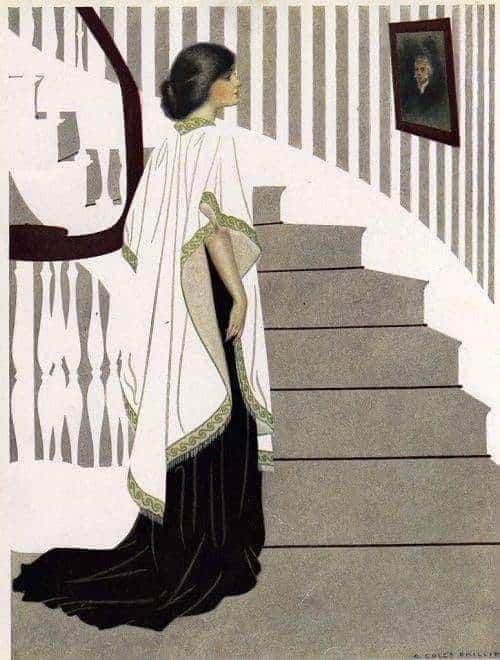-
Hot Head Courage The Cowardly Dog
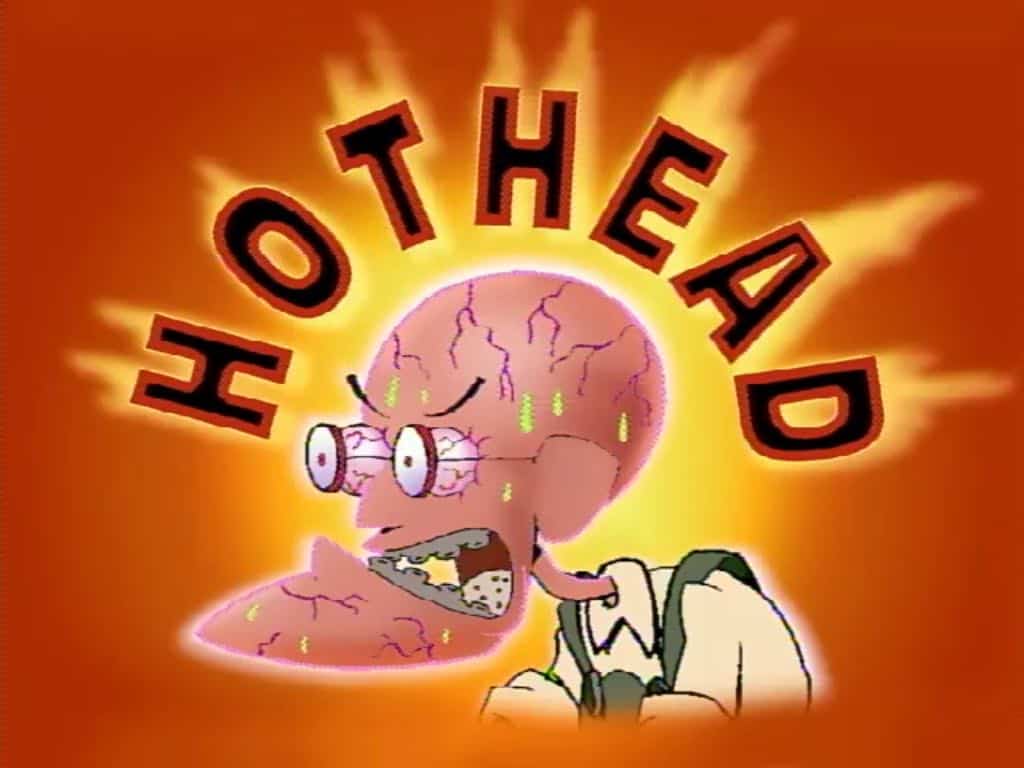
The “Hot Head” episode of Courage The Cowardly Dog owes much to the Jekyll & Hyde trope. We can probably go back further than that, to Cain and Abel. For more on twins in literature see here. See also: A History Of Other Selves. STORY STRUCTURE OF “HOT HEAD” This is a story in two distinct […]
-
Anthropomorphism vs. Personification
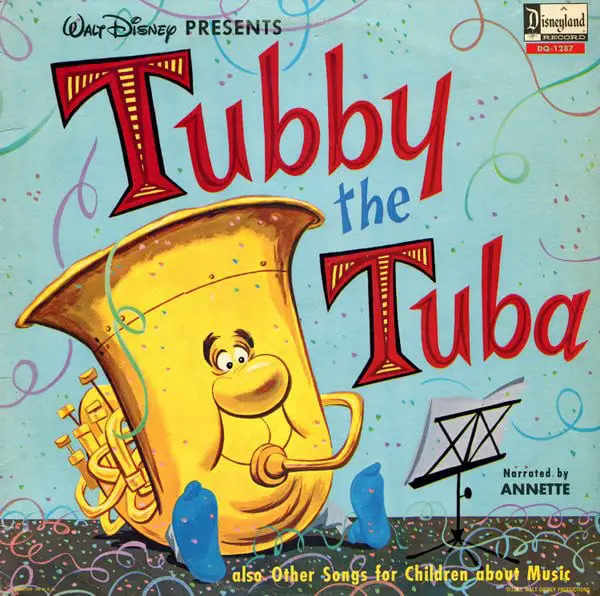
Anthropomorphism is the attribution of human-like characteristics, feelings, and behaviours to non-human characters such as animals, Gods, and supernatural creatures. Anthropomorphism is a similar literary device to personification.
-
Big Foot Courage The Cowardly Dog
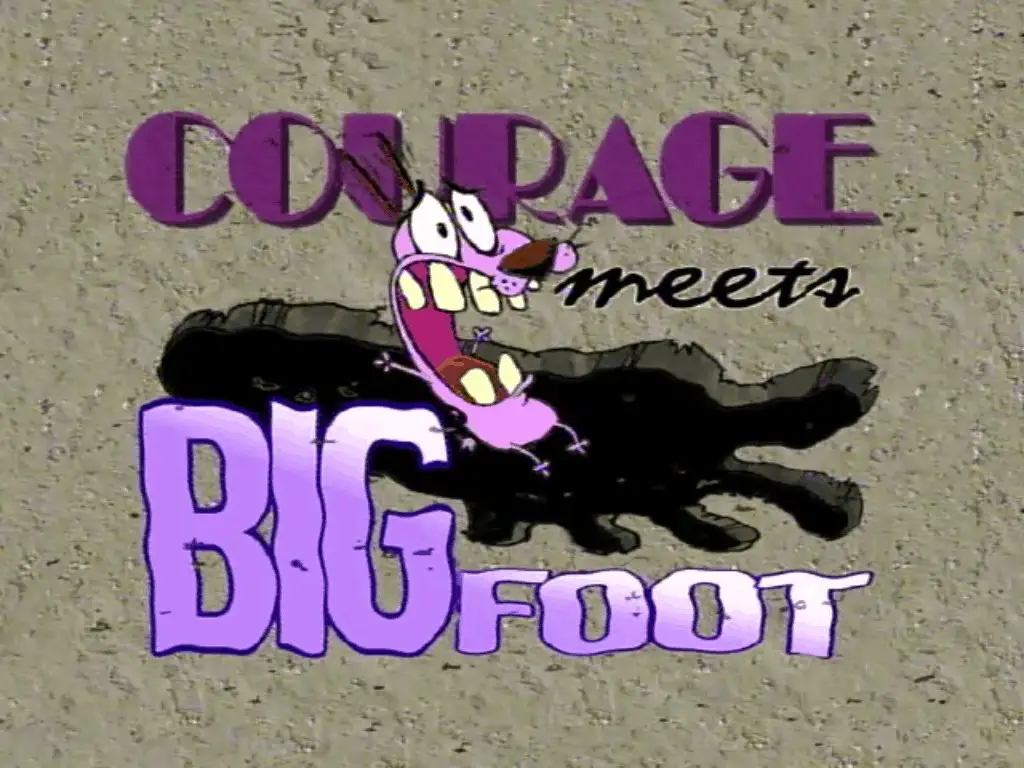
In the “Big Foot” episode of Courage The Cowardly Dog we have a story which makes use of the legend of Big Foot. The great thing about the horror comedy genre is that writers not only have access to a treasure trove of metaphors and symbols — they also have access to urban legends and […]
-
Courage The Cowardly Dog: Doctor Le Quack
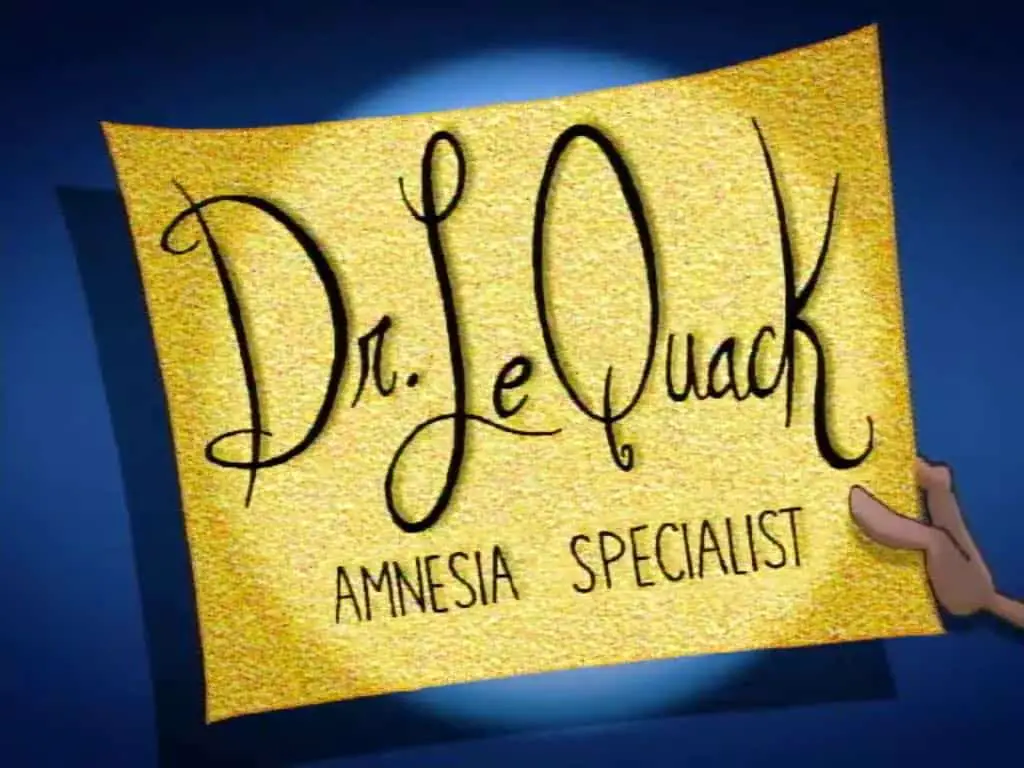
All of the Courage The Cowardly Dog episodes including Doctor Le Quack are set in a place called Nowhere. “Be quiet, Eustace,” says Muriel one morning, “you’ll wake the neighbours!” This setting is perfect for western spoofs. Many of the Courage stories are horror spoofs but in Dr Le Quack we have the cartoon, child-friendly version […]
-
The Shadow Of Courage, Courage The Cowardly Dog
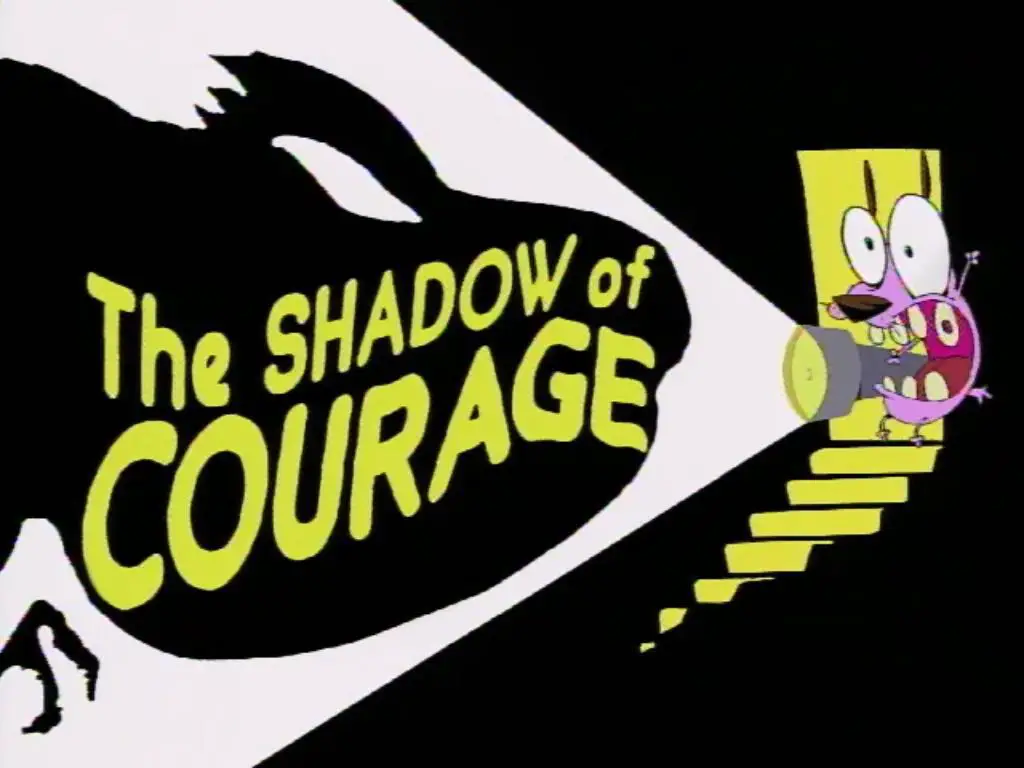
At first I wondered if the title “The Shadow Of Courage” were a riff on The Red Badge Of Courage but no — apart from the grammatical structure and perhaps some of the themes (of bravery vs cowardice) this plot line borrows little from the classic American novel. Shadows who disentangle themselves from their bodies […]
-
Cajun Granny Stew Courage The Cowardly Dog
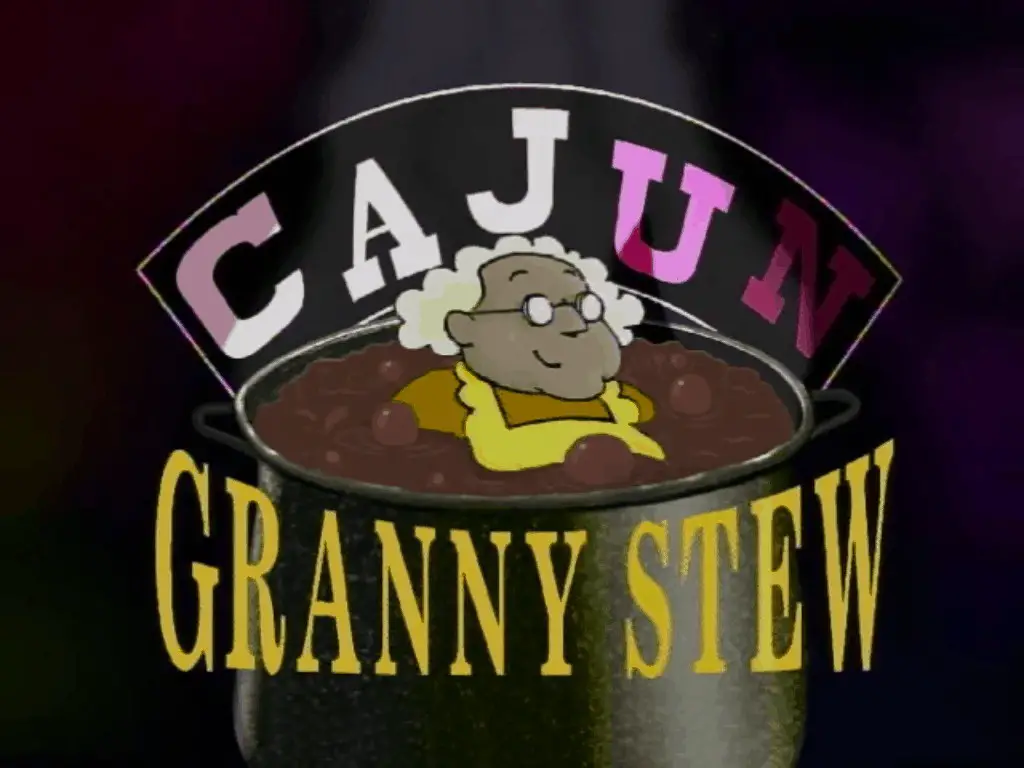
“Cajun Granny Stew” has influences from: STORY STRUCTURE OF CAJUN GRANNY STEW SHORTCOMING Courage is scared of birds. So how is going to possibly deal with a formidable opponent like a shady fox? Quite often in a comic story there is a main opponent and then there are lesser evils. The birds are actually harmless, […]
-
At The Katz Motel (Pilot) Courage The Cowardly Dog: A Night
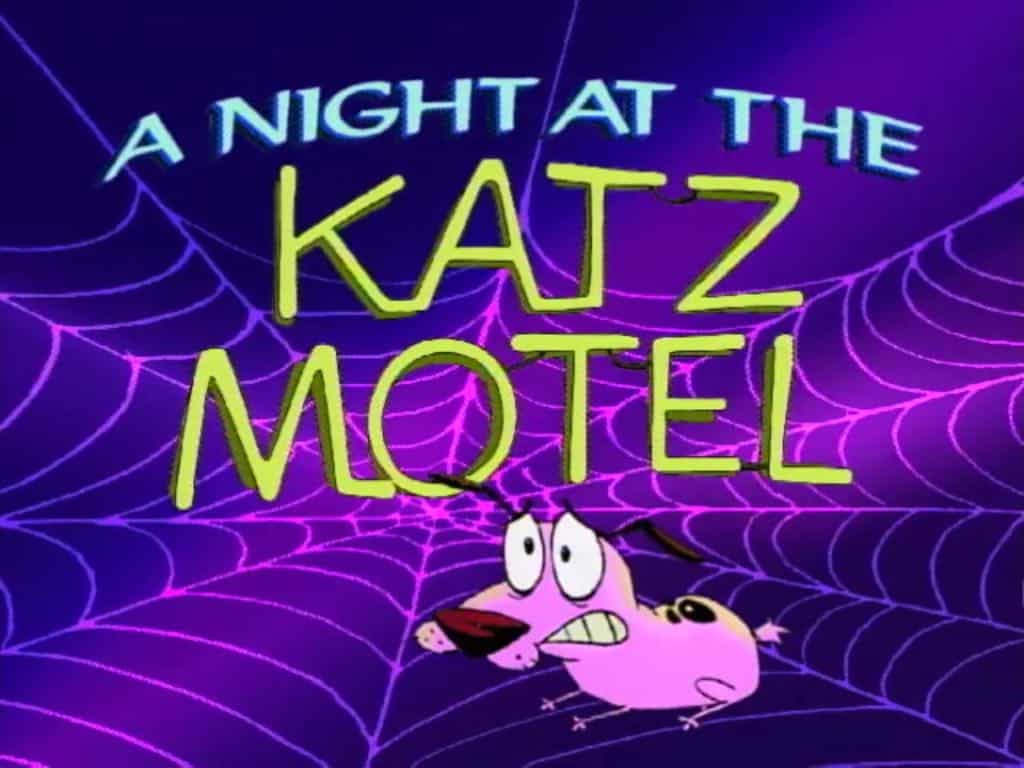
“The Katz Motel” is the wonderful pilot episode of horror comedy for kids, Courage The Cowardly Dog. If you’re anything like me you can’t stand anything on the Cartoon Network for too long. A lot of those shows seem like ill-conceived, overly chatty, highly-polished but vapid productions designed to sell toys. Courage The Cowardly Dog […]
-
The Mechanical Behaviour Of Fussbudgets In Comedy
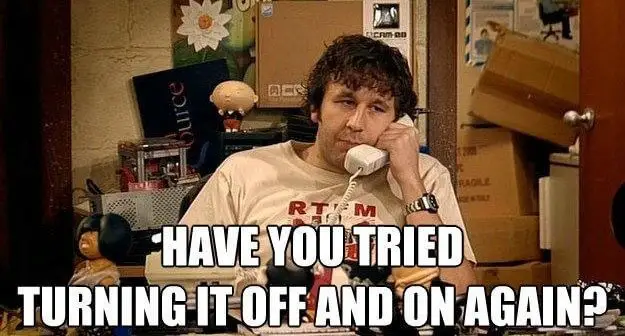
Fussbudgets, sticklers, officious types, whatever you want to call them — comedy gold. An essential component of the fussbudget is mechanical behaviour. We’ve all had run-ins with them, which makes the comedy aspect universal. MECHANICAL BEHAVIOUR ON SCREEN This gag plays out especially well visually, so you’ll see it in many films and TV shows. […]
-
Kitchens As Metonyms For Familial Happiness In Literature
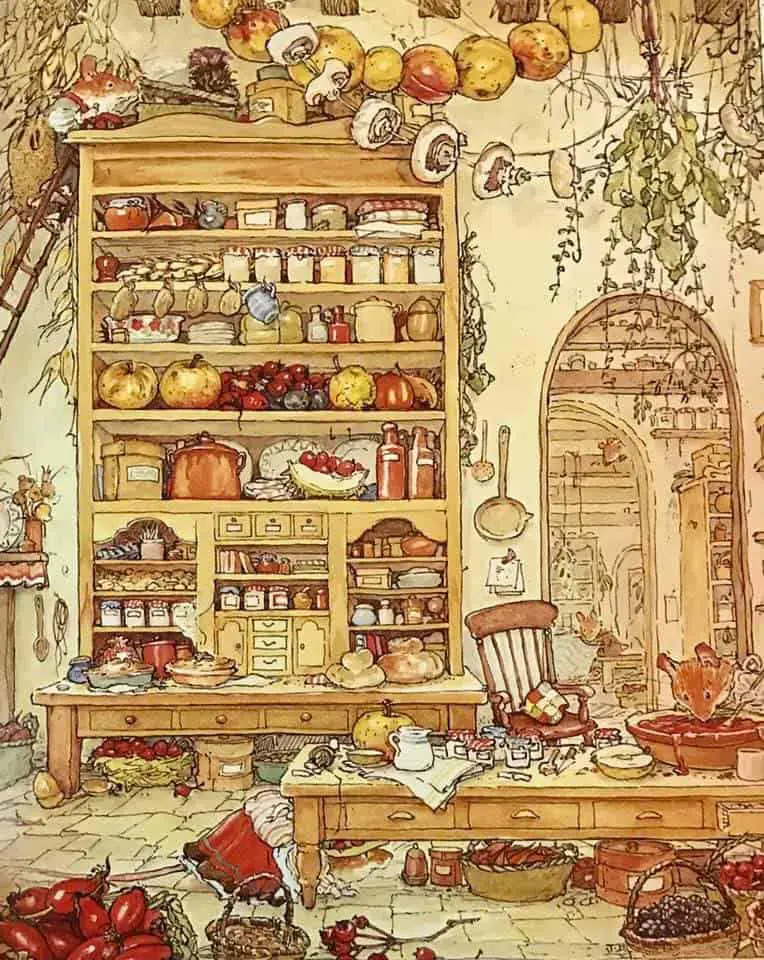
A warm, safe, lighted place.Hepzobah’s kitchen was always like that, and not only that evening. Coming I to it was like coming home on a bitter cold day to a bright, leaping fire. It was like the smell of bacon when you were hungry, loving arms when you were lonely; safety when you were scared…. […]
-
The Story Of The Little Mole Who Knew It Was None Of His Business by Holzwarth and Erlbruch Analysis
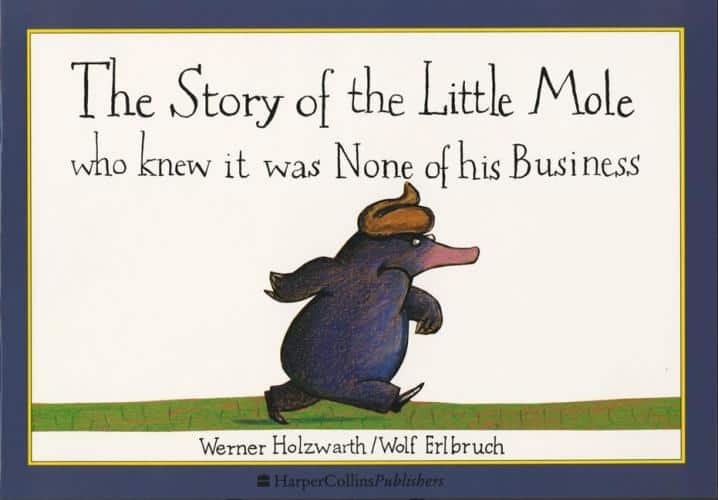
Whoever said ‘it’s impossible to rub a mole the wrong way’ had never met this little mole, who gets very salty and vengeful. Mind you, can’t say I’d be happy if someone pooped on my head, either. The Story of the Little Mole who knew it was None of his Business is a very popular picture […]
-
The Influence of Edith Nesbit
A handful of children’s authors of the late nineteeth to early twentieth centuries were experiementing with innovative forms of story with radical content: Oscar Wilde, P.L. Travers, J.M. Barrie, Astrid Lindgren, John Masefield and E. Nesbit. These storytellers were pushing the boundaries of what people considered acceptable for children, and we have them partly to […]
-
Shapes of Plots In Storytelling
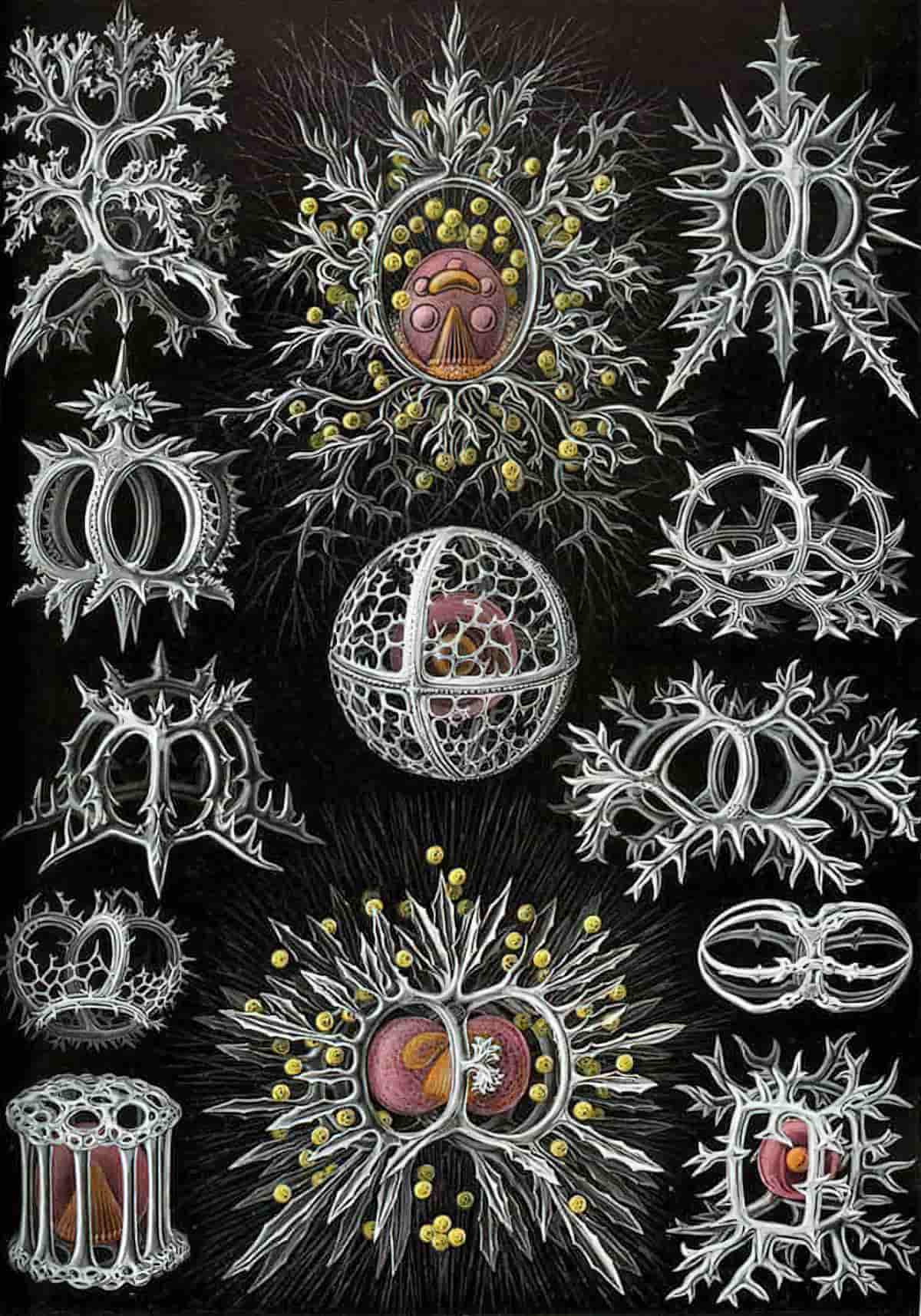
The success of a novel is only five percent about the structure and ninety-five percent about the quality of the writing. Elizabeth Lyons, Manuscript Makeover Younger writers should be experimenting with form as well as material, like a water-seeker with a divining rod. We are “haunted” by experiences, images, people, acts of our own or […]
-
The Snowman by Raymond Briggs
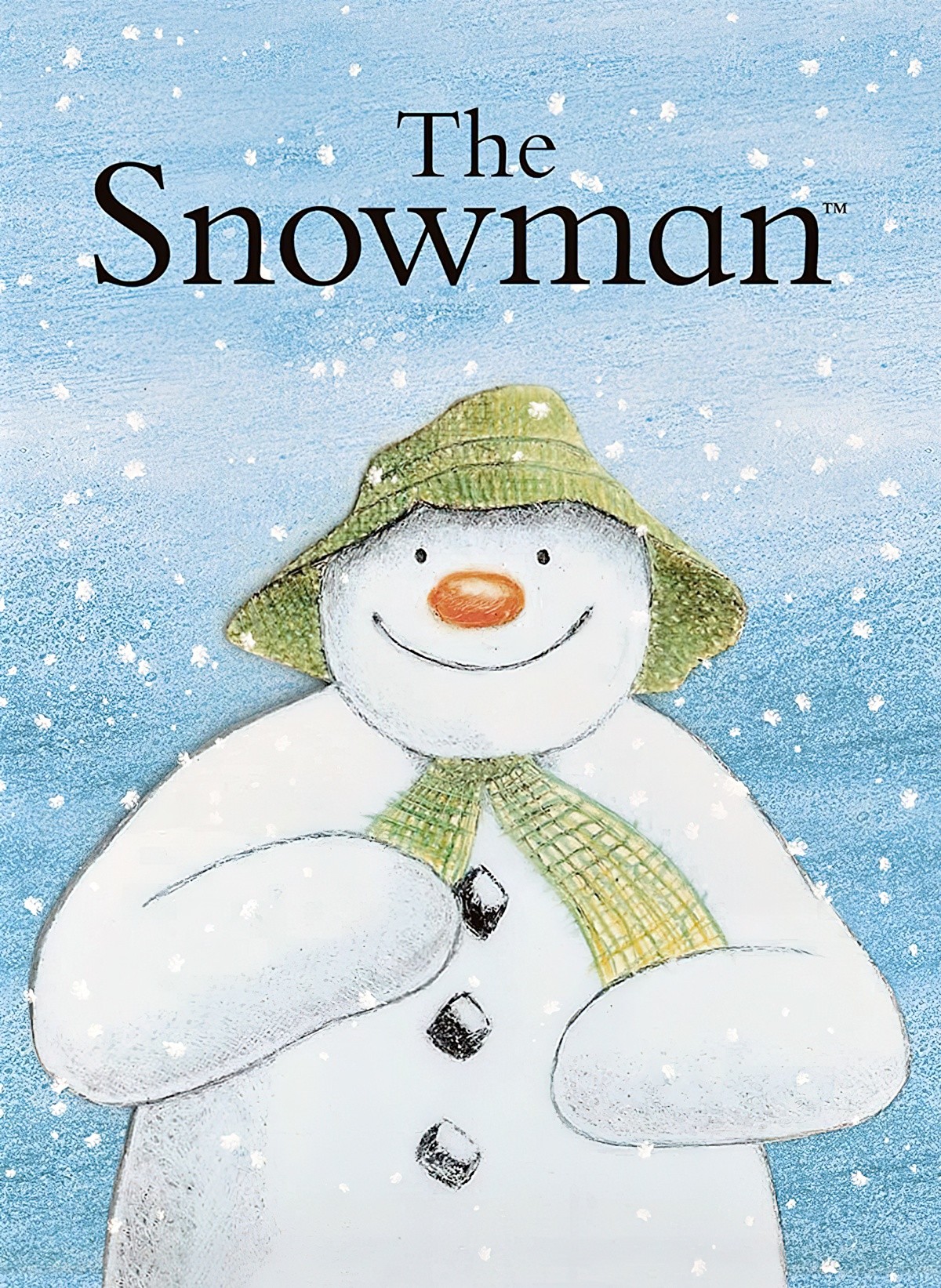
This month I’m blogging a series aimed at teaching kids how to structure a story. This seven-step structure works for all forms of narrative. It works for picture books, songs, commercials, films and novels. Today I take a close look at The Snowman by Raymond Briggs.
-
Writing Activity: Describe A Bedroom
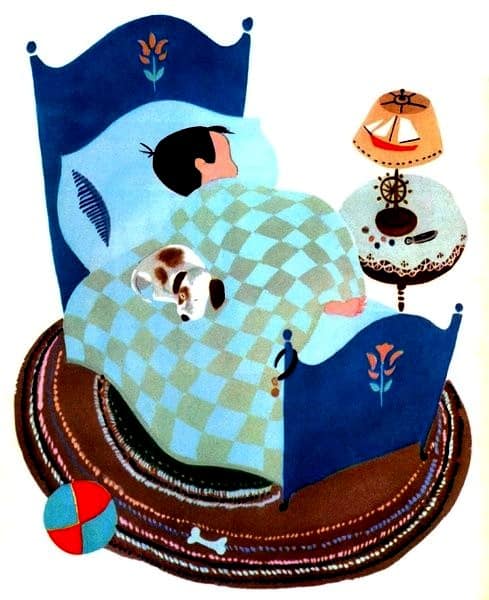
Lectrology, the study of the bed and its surroundings, can be extremely useful and tell you a great deal about the owner, even if it’s only that they are a very knowing and savvy installations artist. Terry Pratchett, Unseen Academicals A character’s room can contribute to characterisation… Setting is frequently used to symbolize the character’s moods […]
